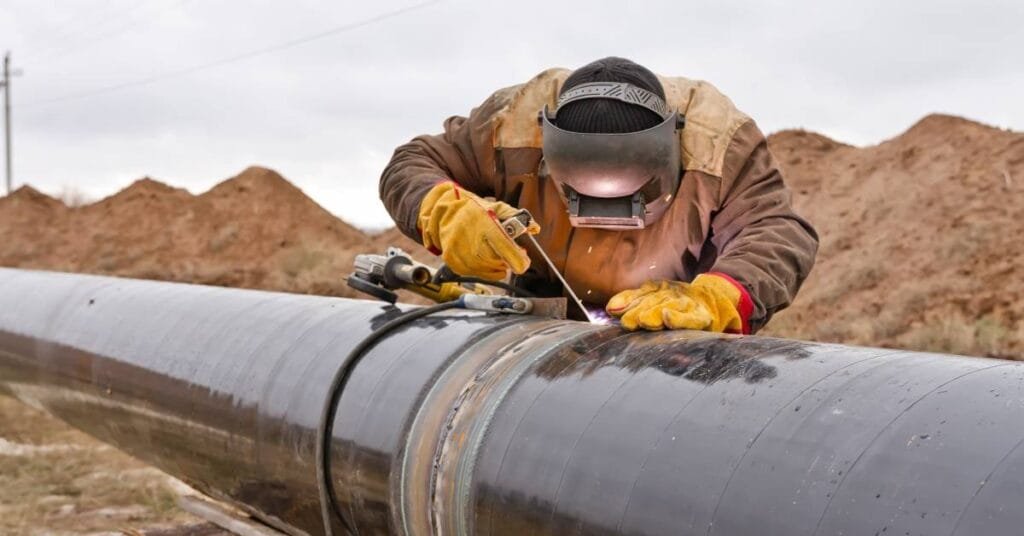Pipeline compliance and safety are vital components of any engineer’s role in infrastructure and energy transmission. Failures can impact the environment, public health, and significant economic activities. This article will break down ways engineers can ensure pipeline compliance and safety.
The Engineer’s Role in Pipeline Safety
Engineers take on the critical task of integrating safety measures and keeping up-to-date with regulations. Beyond a technical skillset, the job demands an understanding of high consequence areas (HCAs) where a potential pipeline failure would have severe effects, such as populated regions or environmentally sensitive zones. From initial design phases to ongoing inspections, engineers make decisions that directly impact a pipeline’s reliability and adherence to legal standards.
Common Regulatory Standards
Understanding key regulatory standards helps maintain lawful operations. Organizations like the Pipeline and Hazardous Materials Safety Administration (PHMSA) in the United States govern the pipelines. PHMSA regulations set clear guidelines for construction materials, operating pressure limits, and emergency response planning.
Designing and Building Pipelines Safely
The planning stage sets the foundation for safe pipelines. Engineers begin by selecting durable materials that are fit for the transported substance. High-grade steels rank among the most reliable choices in the industry. The placement of pipelines must accommodate natural landscapes to reduce risks of erosion, slope instability, and natural disasters such as earthquakes. Advanced modeling tools allow engineers to simulate how environmental factors could affect pipeline durability, helping them refine construction plans.
Proper on-site welding and assembly practices also play a large role. Teams also verify joints for potential leaks before commissioning a pipeline, eliminating possible weaknesses in the system.
Importance of Inspections and Maintenance
Regular inspections prevent small issues from developing into large-scale problems. Engineers employ a combination of inline assessment tools and field surveys to identify wear, corrosion, or abnormalities. By focusing on HCAs first, teams can allocate resources effectively where risks are higher. Preventative repairs maintain pipeline integrity and support a longer operational lifecycle without unexpected downtime.
Using Technology for Safety Advancements
Technology advancements boost engineers’ ability to maintain compliance and safety. Smart pipelines equipped with AI sensors track operational parameters like temperature, pressure, and flow rate in real-time. These systems not only reduce manual monitoring efforts but also detect irregularities earlier. Geographic Information Systems (GIS) also simplify complex processes like mapping HCAs, giving engineers actionable data to guide safety protocols.
Engineers already play a vital role in shaping a safer pipeline industry. The industry reduces risks through innovative designs, practical applications, and tech-driven monitoring efforts every year. Staying informed on regulations, standards, and new tools is key. By committing to these best practices, engineers can elevate their pipeline projects and contribute to industry-wide improvements in safety and compliance.
